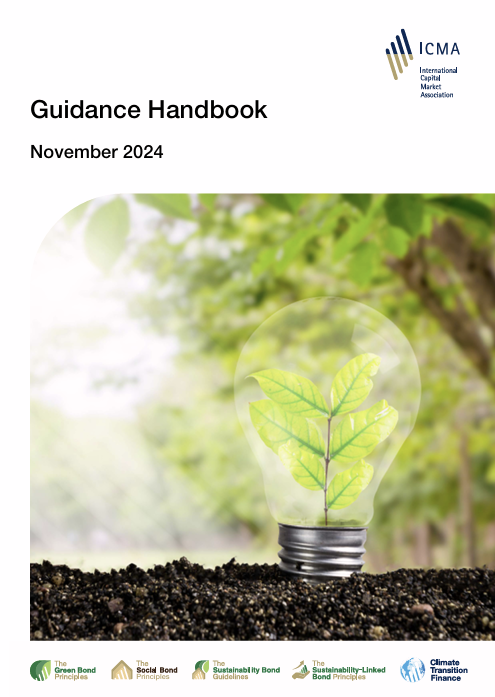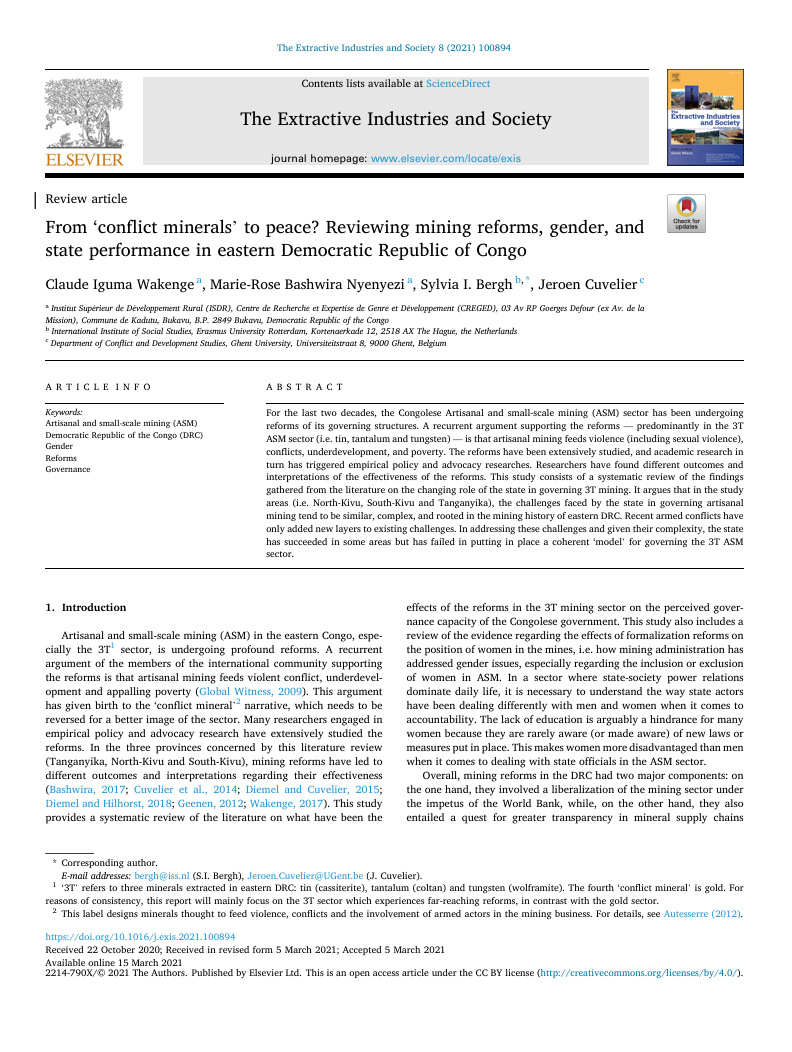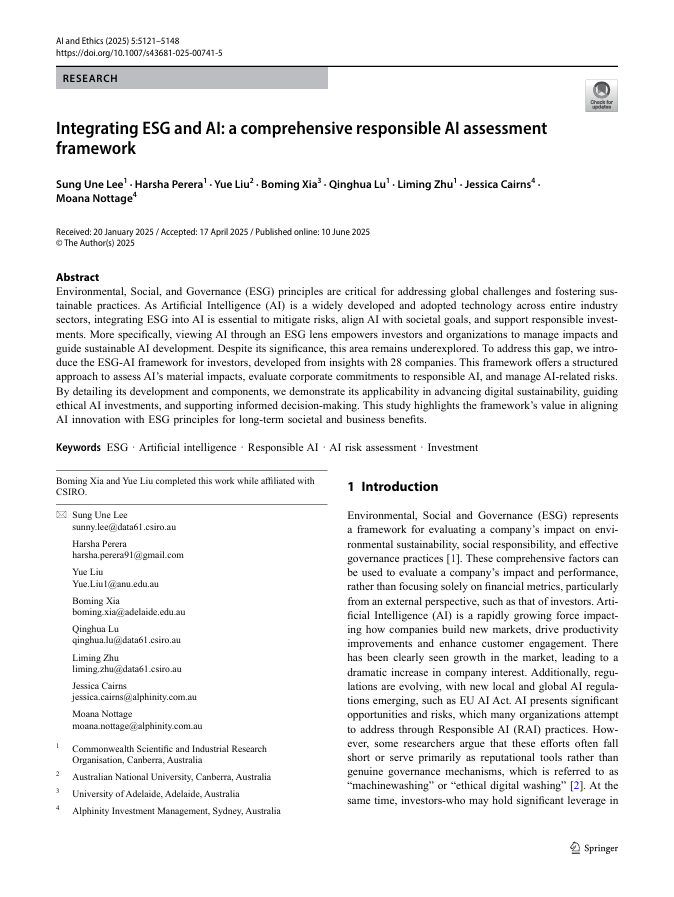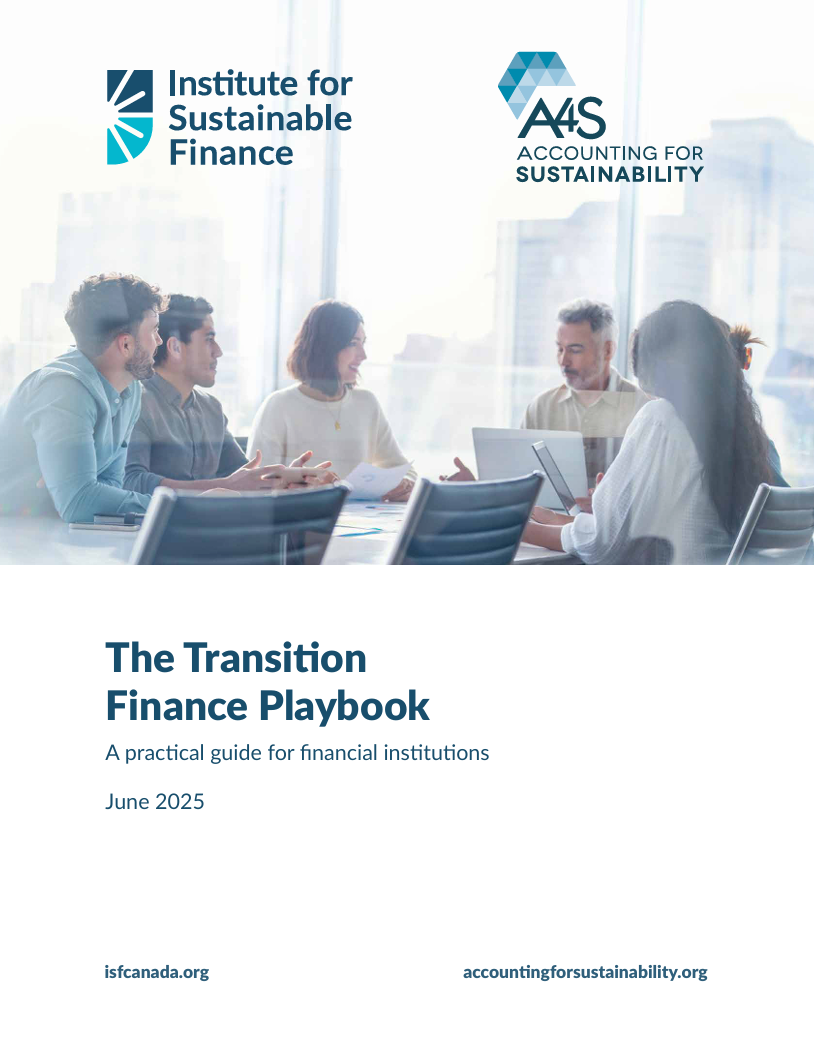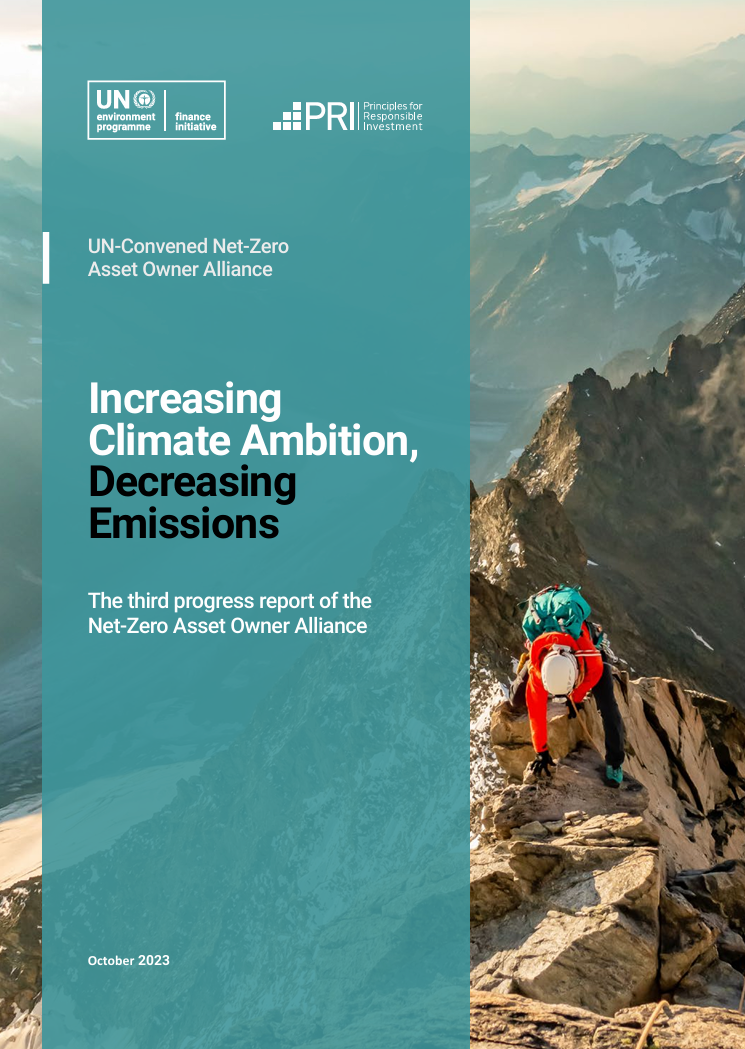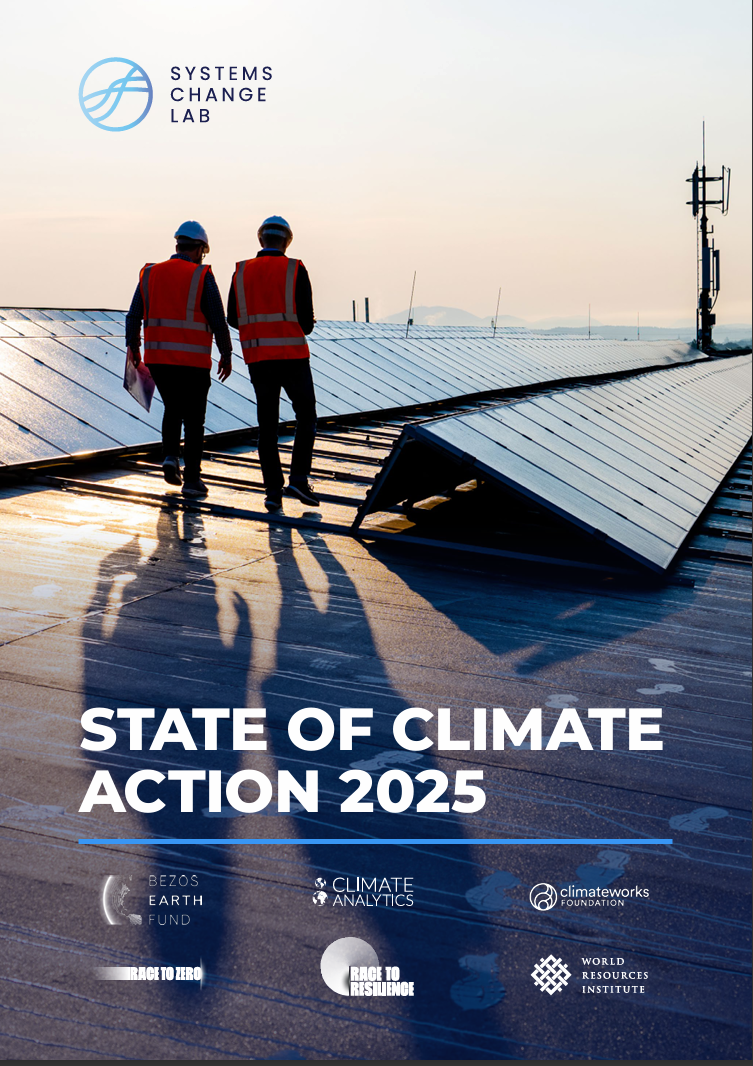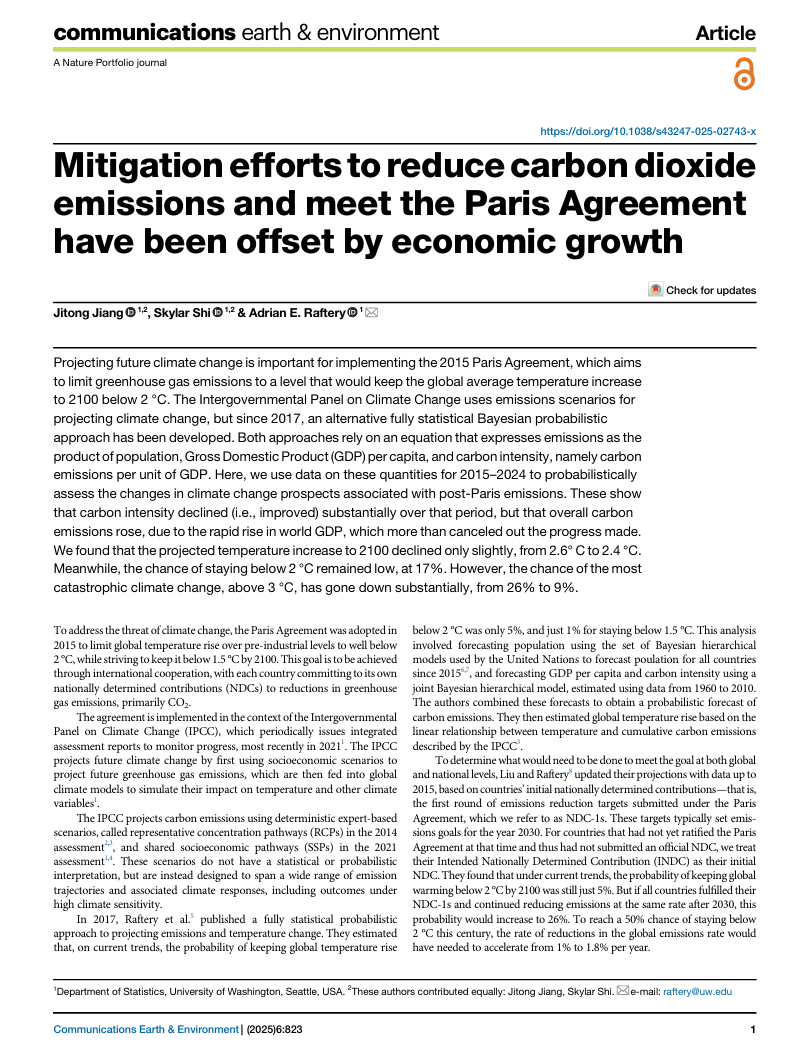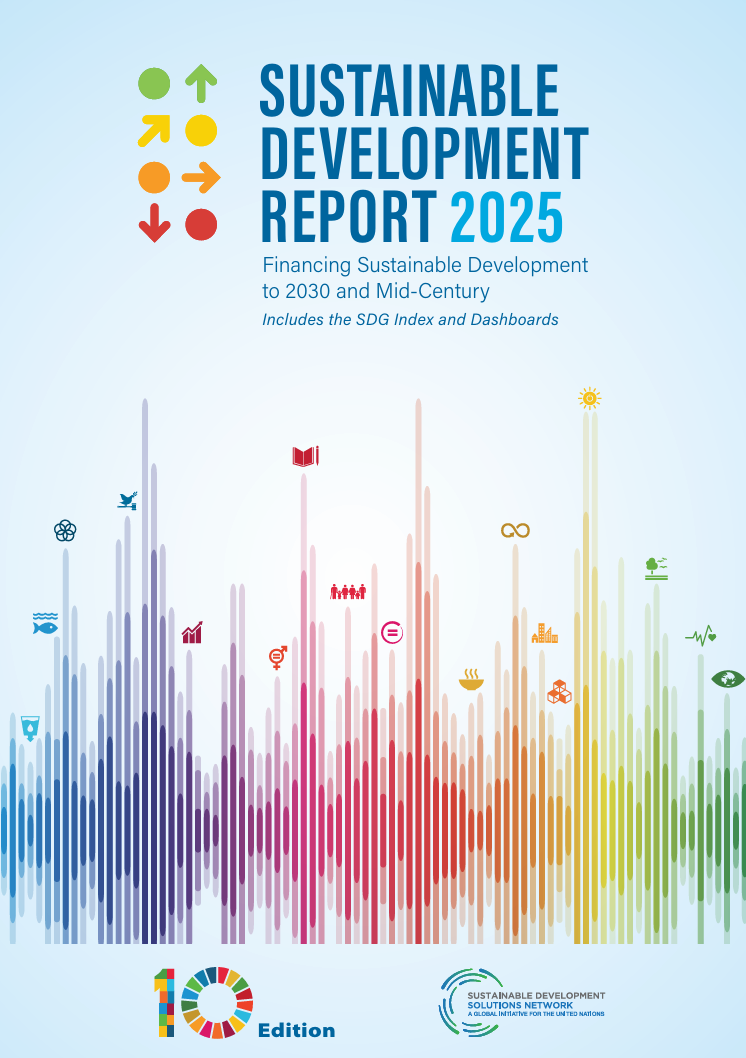Library | ESG issues
Targets & Accountability
Targets and accountability are essential for ensuring organisations and governments follow through on commitments to sustainability, climate action, and social responsibility. Setting measurable and transparent targets such as net-zero goals, emissions reductions, diversity benchmarks, and human rights protections allows for tracking progress and holding entities accountable. Clear, data-driven targets strengthen stakeholder trust and help align financial and business strategies with long-term sustainability objectives.
Refine
253 results
REFINE
SHOW: 16


Sustainable Finance Roundup December 2025: Nature, Regulation, and the Hardening of Risk
This month’s sustainable finance roundup traces the shift from ambition to enforcement, as climate and nature risks become financial, regulatory and legal realities. It covers Australia’s environmental law reforms, the embedding of climate and nature risk through prudential supervision, disclosure and shareholder pressure, and insurer warnings on the limits of insurability. It also highlights how markets are responding to deforestation and biodiversity risk, and how litigation and regulation are reshaping governance and long-term financial resilience.
Guidance handbook: Sustainability-linked bonds
The ICMA Guidance Handbook (November 2024) consolidates interpretative guidance on Green, Social, Sustainability and Sustainability-Linked Bond Principles, covering use of proceeds, reporting, verification, secured bonds and market issues. It supports consistent application and market integrity across sustainable debt markets.
From ‘conflict minerals’ to peace? reviewing mining reforms, gender, and state performance in eastern Democratic Republic of Congo
The review assesses how 3T mining reforms in eastern DRC affected state governance and gender inclusion. Findings show mixed results: limited improvements in demarcation, revenue collection and oversight, persistent armed interference, weak accountability, elite-captured cooperatives, and ongoing marginalisation of women.
Integrating ESG and AI: A comprehensive responsible AI assessment framework
The report introduces an ESG-AI framework enabling investors to assess AI-related environmental, social, and governance risks. Drawing on insights from 28 companies, it provides use-case materiality analysis, governance indicators, and deep-dive assessments to support transparent, responsible AI evaluation and investment decisions.
The Other Half of the Transition: Why Livestock Deserves as Much Attention as Energy
This article highlights the major climate impact of livestock and explains why the absence of clear roadmaps, metrics, and financing strategies has left the sector far behind the energy transition. It proposes policy reforms, mitigation hierarchies, and justice-centered pathways to unlock effective and equitable change.
The transition finance playbook: A practical guide for financial institutions
A practical guide outlining how financial institutions can scale transition finance through governance, eligibility criteria, portfolio segmentation, due-diligence enhancements and engagement. It highlights Canadian market context, barriers, and actionable “top tips” to support credible decarbonisation, stewardship and collaboration across the financial system.
Sustainable Finance Roundup November 2025: Transition Turning Points and Rising Accountability
This month’s sustainable-finance roundup highlights faster transition momentum, rising physical risks and a tightening focus on accountability. COP30 reinforced expectations for stronger 2035 targets, while national actions underscored diverging paths toward decarbonisation. Markets continued shifting toward clean energy and resilience, and new science made climate harms more visible. With regulatory scrutiny and litigation increasing, transition credibility and real-economy resilience are becoming core drivers of financial risk and investment decisions.
Increasing climate ambition, decreasing emissions: The third progress report of the net-zero asset owner alliance
The report outlines the Net-Zero Asset Owner Alliance’s progress in reducing financed emissions, strengthening target-setting, and expanding climate-solution investments. It highlights updated methodologies, increased engagement with companies and policymakers, and rising member participation, underscoring the need for credible transition pathways and supportive policy environments to advance alignment with 1.5°C goals.
Redefining progress: Global lessons for an Australian approach to wellbeing
A scan of global wellbeing frameworks shows how countries integrate measurement, policymaking and accountability to support long-term social, economic and environmental outcomes. The report outlines lessons for designing an Australian approach that embeds wellbeing across government systems, decision-making and reporting.
Access bank: Driving inclusive growth through responsible banking
This case study explores how Access Bank integrates the UN Principles for Responsible Banking into its operations, advancing green finance, financial inclusion, and gender equality. It highlights the bank’s green bond issuances, ESG frameworks, and stakeholder engagement, offering investors insight into sustainable finance practices within emerging markets.
Sustainable Finance Roundup October 2025: Carbon Markets, Targets, and the Cost of Resilience
This month’s sustainability roundup traces a rapidly evolving landscape in climate finance and accountability, spotlighting the weaknesses exposed by Hurricane Melissa’s disaster-risk finance system alongside new policy frameworks now reshaping sustainable investment. It highlights how vulnerable nations continue to bear the costs of climate impacts, how regulatory reforms such as Australia’s 2035 emissions target and global disclosure regimes are embedding accountability, and how renewed scrutiny of carbon markets is driving the search for credible, incentive-based pathways to real decarbonisation.
State of climate action benchmark series
The State of Climate Action benchmark series tracks global progress toward limiting warming to 1.5°C. Produced by Systems Change Lab and partner organisations, it translates the Paris Agreement into measurable sectoral targets and indicators, offering an annual assessment of the pace and scale of climate action across major emitting sectors and finance systems.
Mitigation efforts to reduce carbon dioxide emissions and meet the Paris Agreement have been offset by economic growth
The report analyses post-2015 trends in carbon dioxide emissions using Bayesian probabilistic models. Despite a 25% drop in global carbon intensity since the Paris Agreement, economic growth offset these gains, increasing total emissions by 5.6%. Projections indicate a 2.4 °C temperature rise by 2100 and only a 17% chance of staying below 2 °C.
Sustainable Finance Roundup September 2025: Policy, Markets, and Momentum
This month’s sustainability roundup covers Australia’s new 2035 emissions target, ASIC’s final climate disclosure guidance, and Fortescue’s revised transition plan. It also examines global developments, from ISSB reporting updates and TNFD nature disclosures to Woodside’s gas extension, rising physical climate risks, and evolving ESG policy debates shaping corporate and investor responses.
Sustainable development report 2025
The Sustainable Development Report is a benchmark series that tracks global and national progress toward achieving the UN Sustainable Development Goals (SDGs). Produced annually by the Sustainable Development Solutions Network (SDSN) and partners, it presents the SDG Index and Dashboards, offering comparable data, analysis, and trends for all UN member states.
The Real Tragedy of the Horizon
Mark Carney’s “tragedy of the horizon” warned that markets would act too late on climate risks. A decade later, this article argues that framing climate change as a financial risk has misdirected efforts—what’s needed now is coordinated action to create investable markets, especially in emerging economies.

